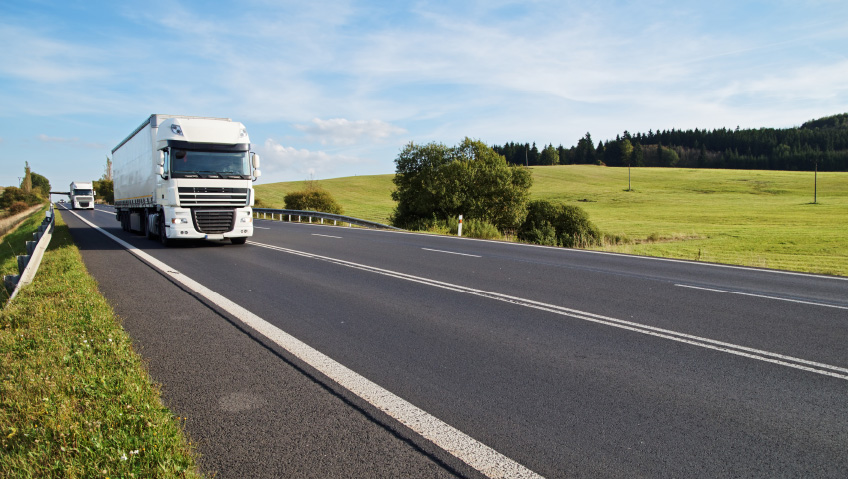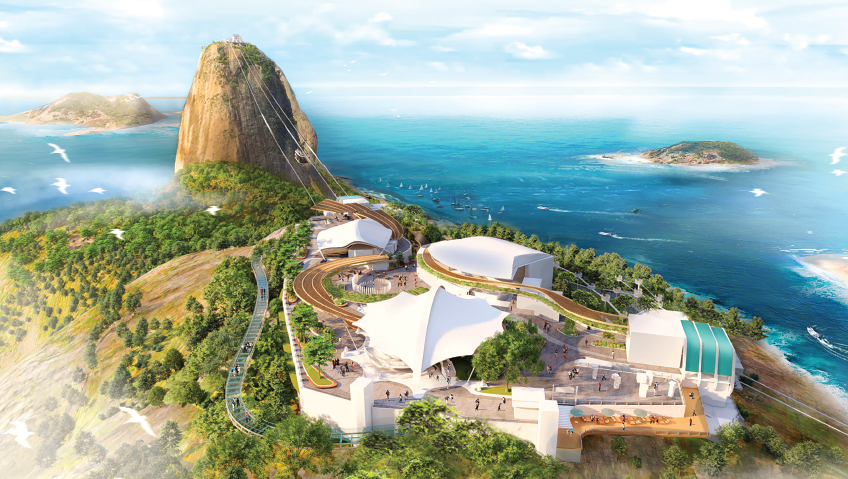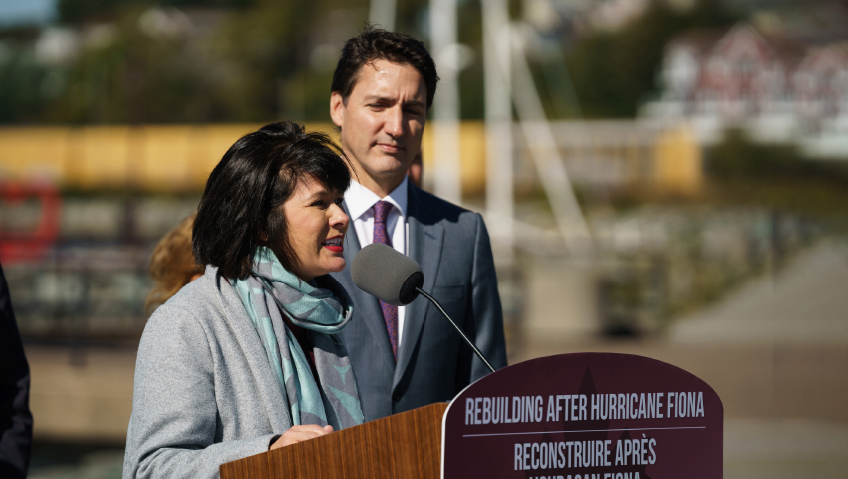SmartWay is an Environmental Protection Agency (EPA) program dedicated to improving fuel efficiency and sustainability in freight supply chains. The concept for SmartWay was developed in 2002, when the EPA collaborated with 15 charter partners, as well as the American Trucking Associations, to developing a voluntary “green freight” program, which continues to seek greater efficiency and lower emissions from the logistics, trucking, and freight hauling sectors.
The SmartWay program was officially launched in 2004. In the ensuing near-two decades, SmartWay’s designations and practices spread across the United States and saw further adoption in Canada through the signing of an international MOU (Memorandum of Understanding). In addition, the UNEP (United Nations Environmental Program) Climate and Clean Air Initiative adopted SmartWay’s model to adapt it for global replication in 2013.
SmartWay currently has over 4,000 carriers, shippers, logistics providers, and affiliates in its program. Even during the downturn experienced by swaths of industry during the COVID-19 pandemic, SmartWay saw its numbers grow as more companies and organizations accepted SmartWay’s guidelines for improving freight sustainability and efficiency.
The EPA attributes the program’s growth in that time to a growing desire among businesspeople to understand how a supply chain really works, along with a proactive desire to make supply chain operations more sustainable.
The program achieves its goals by putting forth a system to track, document, and share information concerning freight emissions across the supply chain. In doing so, companies following the guidelines can select more efficient carriers and/or modes of transportation to ultimately improve sustainability. This could include upgrading trucks or long-haul vehicles for greater efficiency, or installation of certain additions to vehicles to better manage an aspect of travel (i.e., wind deflectors to reduce aerodynamic drag, or systems to reduce idling or high speeds). A goal is for the program’s efforts to contribute to global energy security, advanced fuel-saving technologies, and the lowering of environmental risks for both companies and countries alike.
Today, SmartWay reports that it has helped U.S. trucking companies save $44.8 billion on fuel costs, which also helps truckers who benefit from the savings. SmartWay partners have saved 336 million barrels of oil, effectively eliminating the annual energy use of over 21 million homes and as much as 143 million metric tons of carbon dioxide. As one of its mission statements states, SmartWay is committed to helping companies make decisions about freight “that have a positive impact on efficiency and the environment,” and it is more than doing its part to facilitate that.
The program has a three-pronged approach: integration with transport companies; branded technology; and global collaboration. Beyond its first ideal of partnerships with shippers, carriers, and logistics companies, SmartWay’s verification of various technologies and products has helped to designate and make available fuel-saving alternatives. SmartWay encourages the use of its name and branding on the roads and in workplaces where its values and initiatives are being implemented, so that other companies and drivers may be encouraged to do the same. Finally, EPA SmartWay works with organizations on both a national and global level to implement sustainability efforts in the international freight sector. It also supports policy makers around the world that further put forth green freight efforts in line with the brand’s goals and values. SmartWay represents a potential worldwide approach to the ongoing crises involving energy sustainability and clean air that aims to make change by becoming a valuable part of the conversation.
SmartWay is committed to providing its partners with a top-notch experience in implementing its guidelines. In the past year, the organization has migrated its tools for partners to a comprehensive online reporting platform, with sections for shippers, logistics, and trucking companies. Partners also now have access to an LTL (Less-Than-Truckload) Calculator through the online portal, which helps SmartWay’s LTL partners complement their inventories by assessing information on the emissions generated by them. SmartWay also continues to roll out new resources to help at every level, including a “Goal Setting Guide for SmartWay Shippers” to improve supply chain freight performance, bulletins on emissions reduction and fuel efficiency technologies and strategies, and information resources on electrification of trucks and tractors.
In 2021, as it usually does annually, SmartWay recognized the top two percent of its partners via the SmartWay Excellence Awards. Established in 2006, these awards are given almost every year to the trucking, logistics, and shipper companies that demonstrate the greatest fuel efficiency in the market. Out of thousands of eligible partners, the program recognized more than 70 companies as award-worthy last year. In fact, EPA is currently engaging Partners to refresh and innovate the SmartWay award program, to be unveiled in the coming months. 2022 also saw the EPA renew an MOU with Natural Resources Canada to continue implementation and administration of SmartWay in Canada for the next five years. Through all the new additions and resources, SmartWay aims to provide a platform for its partners and affiliates to share real-world experiences, innovations, and best practices with one another.
Moving forward, EPA SmartWay is practically bursting with new concepts and programs that will continue to further its agenda as the supply chain is transforming. The EPA will be launching a SmartWay package labeling demonstration for its shipping partners to use the official brand on consumer packaging to collect data on how to optimize packaging for the reduction of emissions. It will also launch a Service Provider Program for consultants that use SmartWay data and processes. Later in 2022, a new ISO standard will be finalized which will establish a greenhouse gas accounting methodology for freight, passengers, and freight hubs. SmartWay will be integrated soon into the U.S. government’s federal purchasing and procurement programs, with a focus on allowing its partners to refresh and innovate the program.
Elsewhere, SmartWay recently completed a pilot program in Mexico that is designed to integrate with implementation in North America, and the program is positioned to be developed in countries like Chile, Argentina, Colombia, Uruguay, and Peru (along with other countries throughout Asia, Europe, and more). Other countries will primarily adopt the same methodologies as those used in North America, albeit with varying focus on areas like technologies, training, carbon accounting, reporting, and so on to suit each region.
The landscape of the industry is evolving rapidly, as more global firms are looking for more and better data to support their supply chain efficiency efforts. “This will drive more green freight programs to not only enhance and expand these efforts, but to seek ways to align and harmonize these various approaches globally,” she explains.
In 2020, the EPA celebrated its 50th active year, commemorating the implementation of the Clean Air Act in 1970. As an extension of the EPA’s continued efforts to make a better planet to live on, SmartWay looks to continue establishing a “common yardstick for comparing emissions performance,” to drive effective freight operational, mode, and technology choices.






